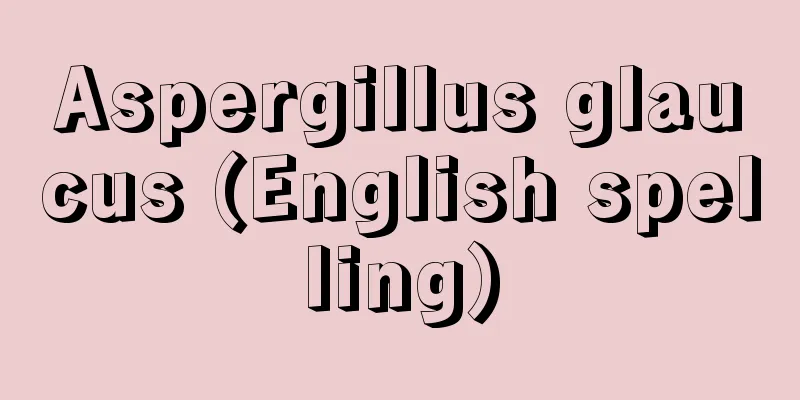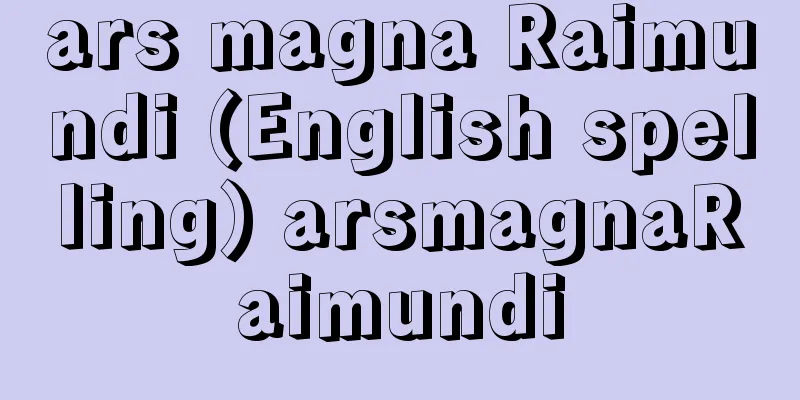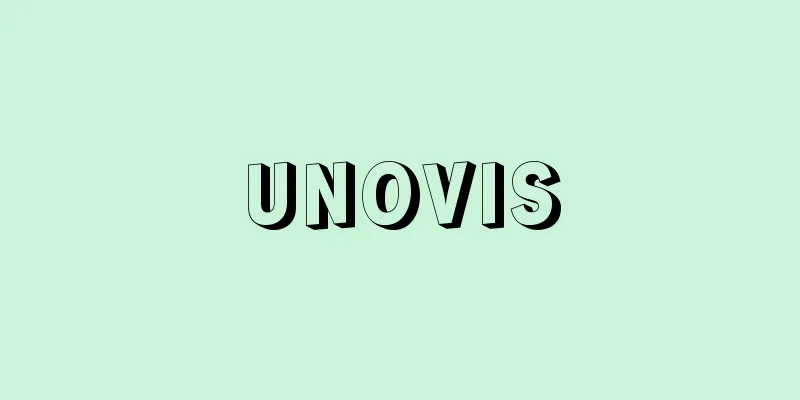Shuson Kato

|
Haiku poet. His real name was Takeo. He was born in Tokyo. He worked hard to graduate from the Japanese and Chinese Literature Department of the First Provisional Teacher Training School at Tokyo Higher Normal School. He became a teacher at Kasukabe Junior High School in Saitama Prefecture. He was familiar with tanka poetry, but after coming across the poems of Murakami Kijo, he became interested in haiku and studied under Mizuhara Shuoushi in 1931 (Showa 6). While working at the publisher of Ashibi, he graduated from Tokyo University of Literature and Science (later Tokyo University of Education) in 1940. He later became a professor at Aoyama Gakuin Women's Junior College. At first, his style of haiku was lyrical and aesthetic, but gradually he shifted to a style that was more closely related to everyday life. As he tried to express his inner anguish in the short literary form of haiku, his expressions became more obscure, and around 1904, he was called a member of the Esoteric School or the Human Seeker School along with Nakamura Kusatao and Ishida Hakyo. One of his haiku from this period is "Iwashigumo (sardine clouds) are not something that should be told to people." He also has haiku that praise the emotions of ordinary human beings and use humorous expressions, making his works familiar to the reader. His achievements of commenting on the works of Basho and Issa from the standpoint of the creators are also noteworthy. His haiku collections include "Cold Thunder" (1939) and "Eye of the Typhoon" (1940), and his commentaries include "Basho Lecture Series: Hokkuhen" (3 volumes) (1943-48) and "Issa's Best Haiku" (1964). His wife, Chiyoko, was also a haiku poet. His students included such excellent haiku poets as Kaneko Tota and Mori Sumio. [Muneo Inoue] "The Complete Works of Kato Shuson, 13 volumes (1980-82, Kodansha)" ▽ "Kato Shuson, by Tagawa Tobiko (1963, Ohfusha)" [Reference] |Source: Shogakukan Encyclopedia Nipponica About Encyclopedia Nipponica Information | Legend |
|
俳人。本名健雄(たけお)。東京生まれ。苦学して東京高師第一臨時教員養成所国語漢文科卒業。埼玉県の粕壁(かすかべ)中学教諭となる。短歌に親しんでいたが、村上鬼城(きじょう)の句に接して俳句に関心をもち1931年(昭和6)水原秋桜子(しゅうおうし)に師事。『馬酔木(あしび)』発行所に勤めながら40年東京文理科大学(後の東京教育大学)卒業。のち青山学院女子短大教授。初め叙情的、唯美的な句風であったが、しだいに生活に密着した方向に転じ、内面の苦悩を、俳句という短詩型文学に生かそうと努めたため、表現が晦渋(かいじゅう)となり、39年ごろ中村草田男(くさたお)、石田波郷(はきょう)とともに難解派とか人間探求派とかよばれた。「鰯雲(いわしぐも)人に告ぐべきことならず」がこのころの句。なお人間的凡愚の情をたたえ、ユーモラスな表現をとる句があって、その作品を親しみ深いものにしている。芭蕉(ばしょう)や一茶(いっさ)の作品を、作り手としての立場から評釈した業績も注目される。句集に『寒雷』(1939)、『颱風眼(たいふうがん)』(1940)など、評釈に『芭蕉講座発句篇(へん)』3冊(1943~48)、『一茶秀句』(1964)など。夫人知世子(ちよこ)も女流俳人。門下から金子兜太(とうた)、森澄雄ほか優れた俳人を出している。 [井上宗雄] 『『加藤楸邨全集』全13巻(1980~82・講談社)』▽『田川飛旅子著『加藤楸邨』(1963・桜楓社)』 [参照項目] |出典 小学館 日本大百科全書(ニッポニカ)日本大百科全書(ニッポニカ)について 情報 | 凡例 |
<<: Lower plants - lower plants
Recommend
Umbrella seal - Umbrella seal
Also written as kasajirushi, kasaken, kasafu, kasa...
Miura Jyoshin
Year of death: March 12, 1644 (April 18, 1644) Yea...
ANFO explosives
→ Ammonium nitrate explosives Source : Heibonsha E...
Boone, Daniel
Born November 2, 1734 in Berks, Pennsylvania. Died...
Myazedi inscription - Myazedi inscription
The oldest surviving Burmese inscription. It was d...
Sanko [village] - Sanko
A village in Shimoge County in northwestern Oita P...
Gyoto - Gyoto
...It is said to contain less rotenone than Derri...
Metal halide lamp - metal halide lamp
A lamp in which metal halides are enclosed in a q...
Overseas Economic Cooperation Fund of Japan
…One of Japan's economic cooperation organiza...
Geodetic reference system
To express the size and shape of the Earth, its gr...
Uchiosso - The late monk
Date of birth and death unknown. Painter of the e...
Louis Dynasty style
This article provides a unified description of the...
Siemens AG
A German general electrical equipment manufacturer...
Mr. Harada
A powerful clan in northern Kyushu in ancient and ...
Far-reaching - Youn
Also called "yoju". In the Nara and Heia...









